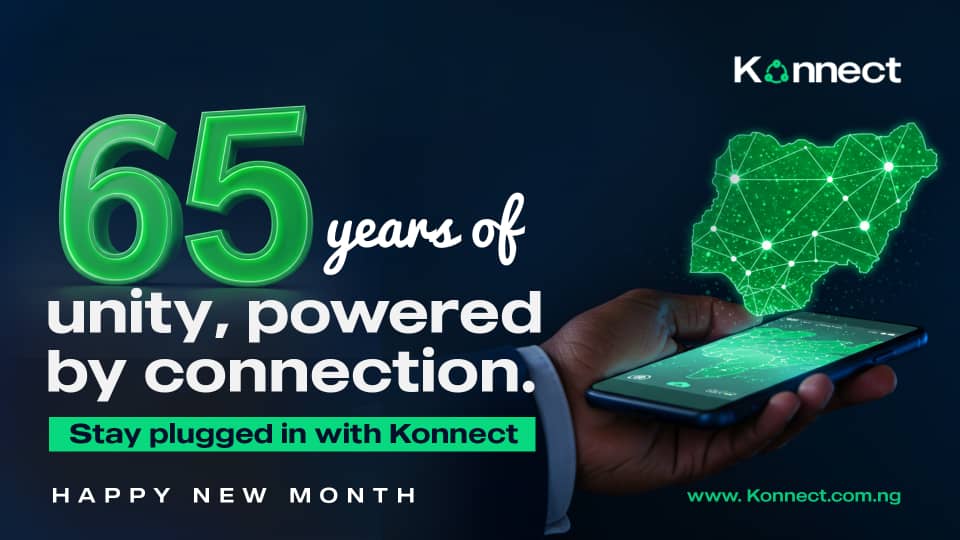Sponsored Advertisements
EARLY EUROPEAN CONTACT WITH THE IGBO PEOPLE
Leave a Reply
New Discussions
-
konnect cash out Every 25th of a new month

Konnect Official
27 mins ago99 -
Earn in Dollars

King
40 mins ago00 -
The most expensive thing in this picture is not even the car.. oh God 💔

Mich Elle
41 mins ago00 -
My mind cut, cause I think say na me dem dey find 😂

Mich Elle
47 mins ago00 -
I trust in you, Lord.

Mich Elle
48 mins ago00













Michael
11 days agoEarly European Contact With The Igbo People (15th–19th Centuries)
Between the 15th and 19th centuries, the Igbo people — later identified with the Biafran region — came into contact with European explorers, traders, and missionaries. This era marked the beginning of major cultural and economic exchanges that would later shape the destiny of southeastern Nigeria.
The First Contact
European contact with the Igbo people began around the mid-15th century, when Portuguese explorers and traders arrived along the Bight of Biafra (the southeastern coast of modern Nigeria). They were in search of gold, ivory, pepper, and slaves, and soon established coastal trade links with local African merchants.
The term “Biafra” itself first appeared on European maps in the 16th century, describing the coastal region and its hinterland inhabited by the Igbo and related peoples.
Thus, the name “Biafra” has ancient geographical roots, long before the 1967 Republic of Biafra.
The Slave Trade Era (16th–19th Centuries)
By the 16th century, the trans-Atlantic slave trade became the dominant form of commerce.
The Igbo hinterlands supplied a large number of slaves to coastal traders, who exchanged them with Europeans for goods such as:
Guns and gunpowder, Mirrors, cloth, and beads, Salt and alcohol.
Many Igbo slaves were taken through ports like Bonny, Opobo, Calabar, and Aboh, which connected inland Igbo towns to European ships.
While the slave trade devastated families and communities, it also increased interregional contact, leading to the rise of trading towns and the development of trade networks that linked inland Biafra with the Atlantic world.
European Perception and Naming
European traders referred to the region as part of the “Bight of Biafra”, a term that appeared consistently in maps and navigation charts for centuries.
This shows that Biafra was not a new invention in 1967 — it was already a recognized geographic and cultural identity in precolonial records.
The Europeans described the Igbo as hardworking, independent, and intelligent, though they misunderstood many of their customs due to cultural differences.
Impact of Christianity and Missionary Work
By the 19th century, as the slave trade declined, European missionaries began to arrive, seeking to spread Christianity and end the slave trade.
The Church Missionary Society (CMS), especially through Samuel Ajayi Crowther, brought the gospel to the Niger area, including Onitsha (1857) and Aboh.
Christianity gradually replaced traditional practices and became a major force in Igbo education, literacy, and modernization.
Economic Transition
As the slave trade ended, palm oil became the new “liquid gold” of the region.
The Igbo hinterlands produced vast quantities of palm oil and kernel, which were exported to Europe for making soap, candles, and lubricants during the Industrial Revolution.
This trade made Onitsha, Bonny, and Opobo rich commercial centers.
Cultural Exchange and Transformation
European contact brought new materials, religion, and education but also disrupted traditional systems. Traditional authority declined as missionaries condemned local deities and customs. European goods changed consumption patterns. Western education began to create a new class of literate Africans who would later challenge colonial rule.
Historical Significance
The early European contact:
Introduced new trade and religion, Began the integration of the Igbo into the global economy. And established “Biafra” as a recognized identity in global geography and history. Though it led to the loss of autonomy and exploitation during colonialism, it also prepared the Igbo for modernization and leadership in Nigeria’s later development.
Thanks